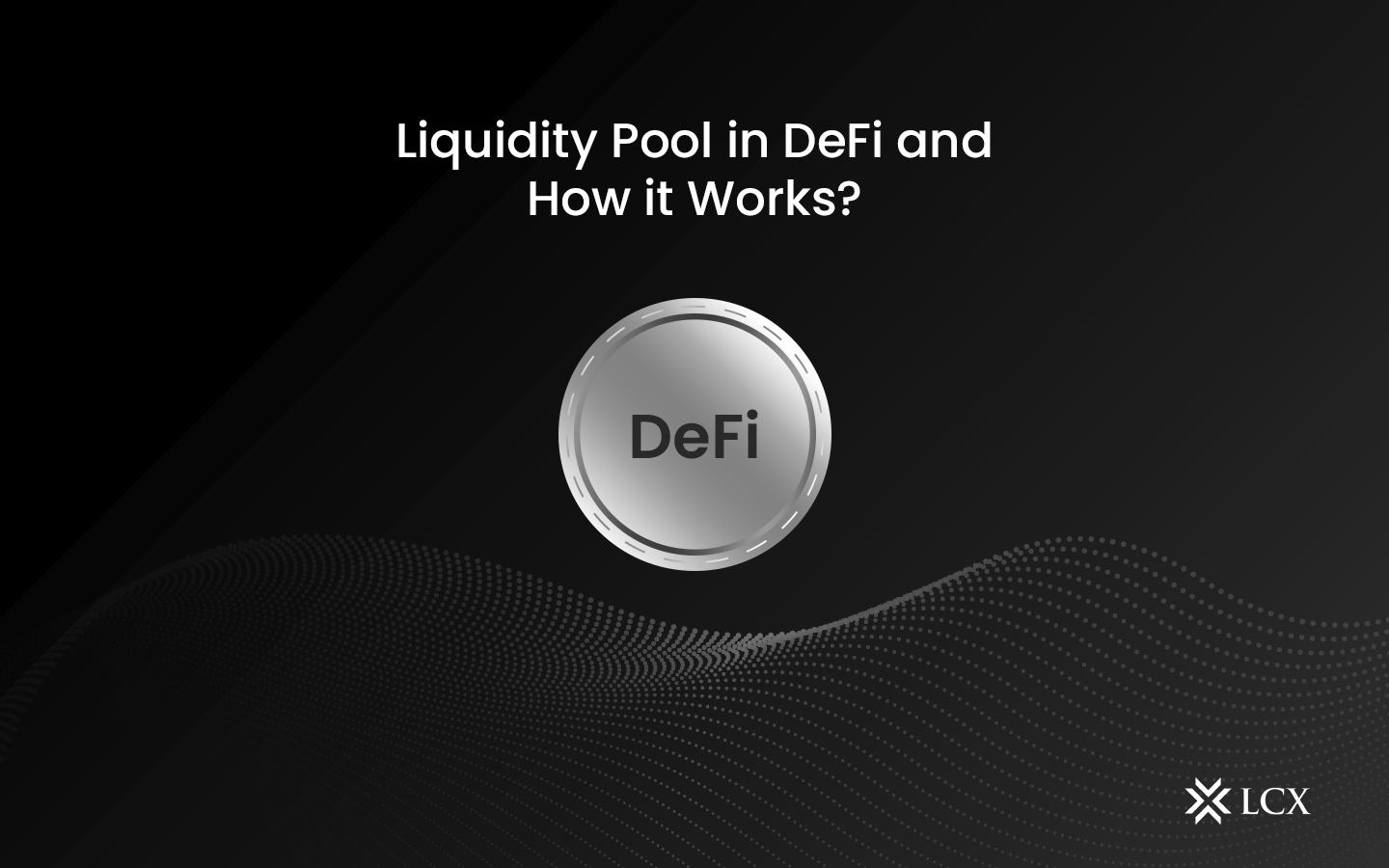One of the primary technologies underlying the current DeFi ecosystem is liquidity pools. They are critical components of automated market makers (AMM),yield farming, synthetic assets, on-chain insurance, borrow-lend protocols, blockchain gaming, and so on.
The concept is profoundly simple in and of itself. A liquidity pool is essentially a large digital pile of funds. But, in a permissionless environment where anyone can add liquidity to the pile, what can you do with it? Let’s look at how DeFi has refined the concept of liquidity pools.
A liquidity pool is an accumulation of funds that have been locked up in a smart contract. Liquidity pools are utilized to enable decentralized trading, loaning, and many more functions.
Liquidity pools are the mainstay of various decentralized exchanges (DEX), such as Uniswap. To create a market, users known as liquidity providers (LP) combine an equivalent value of 2 tokens in a pool. They earn trading fees from trades that occur in their pool in proportion to their share of total liquidity in exchange for offering their funds.
Introduction
Decentralized Finance (DeFi) has resulted in a surge in on-chain activity. DEX volumes can compete meaningfully with centralized exchange volumes. DeFi protocols have nearly 240 billion dollars of value locked in as of 2021. New types of products are rapidly entering the ecosystem.
But what enables all of this growth? The liquidity pool is one of the key technologies underlying all of these products.
How do liquidity pools work?
The most important aspect in answers to the question “what is a liquidity pool?” would obviously be their operation. Automated market makers have emerged as a formidable force in altering traditional approaches to trading crypto assets. AMMs have evolved as a novel means of facilitating on-chain trading without the use of an order book. You can easily enter and exit positions on token pairs because there is no direct counterparty for trade execution.
AMMs provide greater flexibility for trading in token pairs, which are notoriously illiquid on order book-based exchanges. Order book exchanges enable peer-to-peer transactions by connecting buyers and sellers via the order book. AMM trading, on the other hand, is distinct in that it focuses on the communication of peers and contracts.
Liquidity pools are essentially a collection of funds deposited into a smart contract by liquidity providers. AMM trades do not have a counterparty, and users must execute the trade with regard to liquidity. If a buyer wishes to purchase, they are not required to rely on a seller at this time. On the contrary, appropriate liquidity in the pool could support the trade’s execution.
When you buy the newest food coin on Uniswap, there is no seller on the other end. In fact, an algorithm manages the entire transaction while also overseeing pool governance. Furthermore, the algorithm leverages information about various trades in the pool, playing a significant role in pricing.
Another intriguing aspect of DeFi liquidity pools is the fact that anyone can be a liquidity provider. As a result, in such cases where there are no exact parallels with the order book model, it is fair to presume liquidity providers as the counterparty.
How LP Tokens Enhanced DeFi Liquidity
Cash is regarded as the most liquid asset in traditional finance because it can be easily exchanged for gold, stocks, bonds, and other assets. However, cash cannot be easily converted to cryptocurrency. Bitcoin (BTC) is currently the most liquid asset in the broader crypto space, as it is tradeable and accepted on nearly every centralized exchange. Ether is the most liquid asset in the DeFi ecosystem, which is almost entirely built on the Ethereum network, because it is Ethereum’s native asset and is accepted and tradeable on every decentralized exchange (DEX).
Led to the formation of liquidity provider tokens, all assets in the Ethereum ecosystem were unavailable during their use. Tokens are typically locked up when they need to be staked, which is typically as part of a governance mechanism. For example, ETH will be locked up in Ethereum 2.0’s Proof-of-Stake (PoS) mechanism in order to validate and add new blocks to Ethereum’s blockchain. When a token is staked in this manner, it cannot be used for other purposes, implying that there is less liquidity in the system. At least within DeFi, creating smoothly convertible assets in AMMs in the form of LP tokens solves the problem of locked crypto liquidity.
The same tokens can be used multiple times with liquidity provider tokens, perhaps if they are decided to invest in a DeFi product or staked in a platform governance mechanism. LP tokens alleviate the issue of limited crypto liquidity by enabling an indirect form of staking in which you prove ownership of tokens rather than staking the tokens themselves.
Bottom line
Liquidity Pools remove the need for centralized order books while significantly reducing reliance on external market makers to offer consistent liquidity supply to decentralized exchanges.









